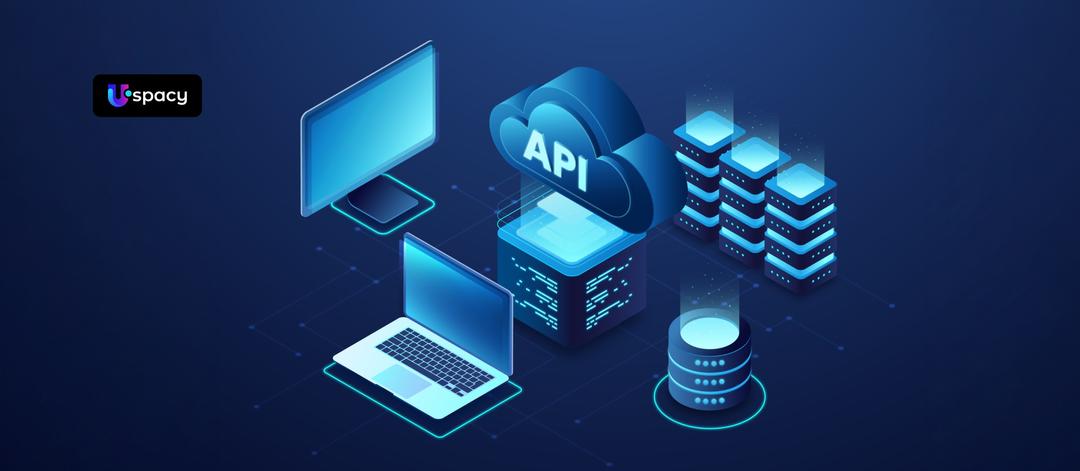What an ERP system is and how it differs from a CRM: Example of a hybrid solution with Uspacy
November 23, 2025
3-minute read
Dmytro Suslov

CRM boosts sales, ERP streamlines operations — we clarify where each responsibility lies and show how Uspacy brings these worlds together in a single solution.
Once, every client was known personally, and their order history was memorized.
As the volume of requests grows, managers struggle to keep up, and inventory levels become a black box.
This is an inevitable stage of scaling. The problem isn’t growth itself — it’s that outdated tools like Excel can’t provide the control needed to manage it.
At this point, in search of a solution, business leaders often turn to system automation — and quickly get caught up in terminology. What’s really needed: a CRM to organize sales, or an ERP to manage company resources? In this article, we explain what an ERP system is, highlight the key differences from CRM, and show why a hybrid approach, like the one offered by Uspacy, can provide a real solution.
A simple explanation of an ERP system
ERP (Enterprise Resource Planning) is software designed to manage a company’s operational functions — essentially its back-office processes. It integrates finance, purchasing, manufacturing, inventory management, and logistics into a single system. The primary goal is to provide a single source of accurate information for all departments.
Think of it like an orchestra conductor. The system doesn’t perform the work itself, but it ensures that all processes in the company are synchronized. Thanks to this, the finance team sees the same numbers as the warehouse, and the purchasing team knows exactly what production needs. An ERP system provides operational transparency, helps control costs, and prevents situations where one department doesn’t know what another is doing. Implementing such a tool disciplines processes and gives a complete picture of the company’s performance.
ERP vs CRM — Key differences
Confusion often arises because both systems automate business processes. However, they operate on completely different levels. CRM (Customer Relationship Management) is all about clients and sales. Its goal is to attract, retain, and grow client relationships. ERP, on the other hand, focuses on internal resources and operations.
Main differences between ERP and CRM:
- Scope of responsibility: CRM is the front office — everything related to external communication and sales. ERP is the back office — the internal workings of the business, including production, finance, and inventory.
- Objects of management: CRM manages leads, deals, contacts, and client interaction history. ERP manages products, raw materials, financial flows, and production capacities.
- Key metrics: In CRM, the focus is on conversion rates, average deal size, and sales cycle speed. In ERP, the focus is on profitability, cost of goods sold, and return on assets.
Essentially, the difference is simple: CRM helps you make money, while ERP helps you spend it efficiently and keep it under control. They are two sides of the same coin, but they are not interchangeable.
From CRM to ERP: When to make the switch
At the start of a business, especially in service sectors or online retail without a warehouse, managing sales with a CRM is an absolute must-have. It helps organize the client flow, automate the sales funnel, and ensure no leads are lost. It’s the №1 tool for any sales team. As long as your processes mainly involve “sell and deliver,” CRM functionality is more than enough.
A signal that it’s time to consider ERP is when operational activities become more complex. For example, when inventory and financial tracking is needed, production begins, or the number of suppliers and purchases grows to the point where managing everything in spreadsheets becomes a nightmare. Relying on CRM alone for these tasks is like trying to build a house with a butter knife — possible, but inefficient and painful.
The most important rule is to choose the tool that fits your current needs. There’s no reason to invest in an expensive, complex ERP system if your business isn’t yet ready to take full advantage of it. Doing so will likely lead to unnecessary costs and stress during implementation.
How to test a solution before implementation
Don’t rely solely on marketing materials. Every system should be tested in real-world conditions. The good news is that a basic trial doesn’t take months — one or two days is usually enough to run a quick test using your actual processes.
A simple checklist for testing a system:
- Try uploading 10–20 real client contacts and 5–10 product items.
- Build a simple sales funnel with 5–7 stages and run a test deal through it.
- Create a few tasks for yourself or a colleague with reminders and deadlines.
- Check inventory management: sell a product and see if the stock is correctly updated.
- Try generating a basic sales report or a cash flow report for a test period.
If the system allows you to do all this quickly and intuitively, that’s a good sign. If you encounter major difficulties even when uploading contacts, it’s worth considering whether your team is ready to implement such a tool.
Conclusion
Understanding the differences between CRM and ERP isn’t just a theoretical exercise — it’s a practical necessity for any business leader. CRM manages client relationships to drive sales, while ERP manages company resources to improve operational efficiency. For a growing business, the optimal solution might be a CRM with ERP integration, like the one Uspacy offers, combining the strengths of both systems. The most important point, however, isn’t choosing a specific software — it’s the ability to quickly test it and ensure that it addresses your business’s real-world needs, here and now.
Updated: November 23, 2025


